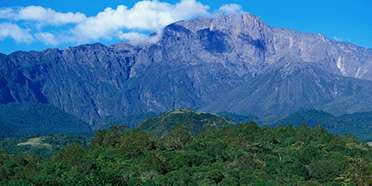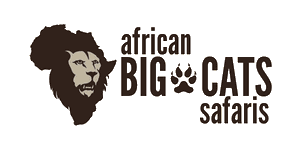
Safari Tours to Arusha NP
-
![12-Day Golden Photography Safari Package]()
12-Day Golden Photography Safari Package
$4,648 to $4,901 pp (USD)
Tanzania: Private tour
Mid-range Lodge & Tented CampYou Visit: Arusha (Start), Arusha NP, Tarangire NP, Serengeti NP, Ngorongoro Highlands, Ngorongoro Crater, Lake Manyara NP, Arusha (End)

African Big Cats Safaris
5.0/5 – 483 Reviews
-
![11-Day Lake Hopping Safari - Comfort Level]()
11-Day Lake Hopping Safari - Comfort Level
$3,496 pp (USD)
Tanzania: Private tour
Mid-range Lodge & Tented CampYou Visit: Arusha (Start), Arusha NP, Lake Manyara NP, Lake Natron, Pololeti GR (Greater Serengeti), Serengeti NP, Ngorongoro Crater, Tarangire NP, Arusha (End)

Paradise & Wilderness
4.8/5 – 224 Reviews
-
![7-Day Affordable Tanzania Safari – Big Five & More]()
7-Day Affordable Tanzania Safari – Big Five & More
$1,960 pp (USD)
Tanzania: Private tourBudgetCamping & Hotel
You Visit: Arusha (Start), Arusha NP, Tarangire NP, Serengeti NP, Ngorongoro Crater, Foothills of Mt Kilimanjaro, Arusha (End)

Goldfinch Adventures
5.0/5 – 49 Reviews

 Tanzania Parks
Tanzania Parks









